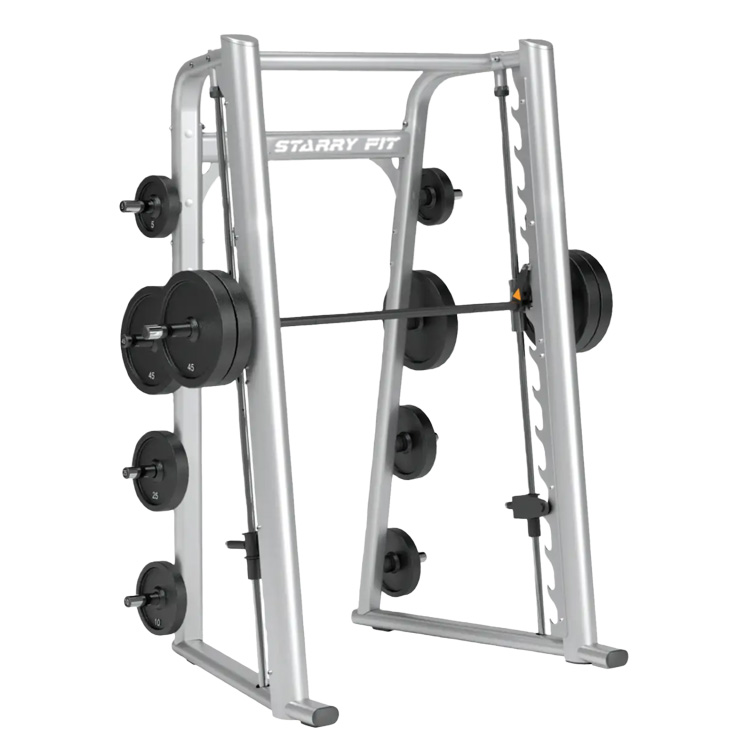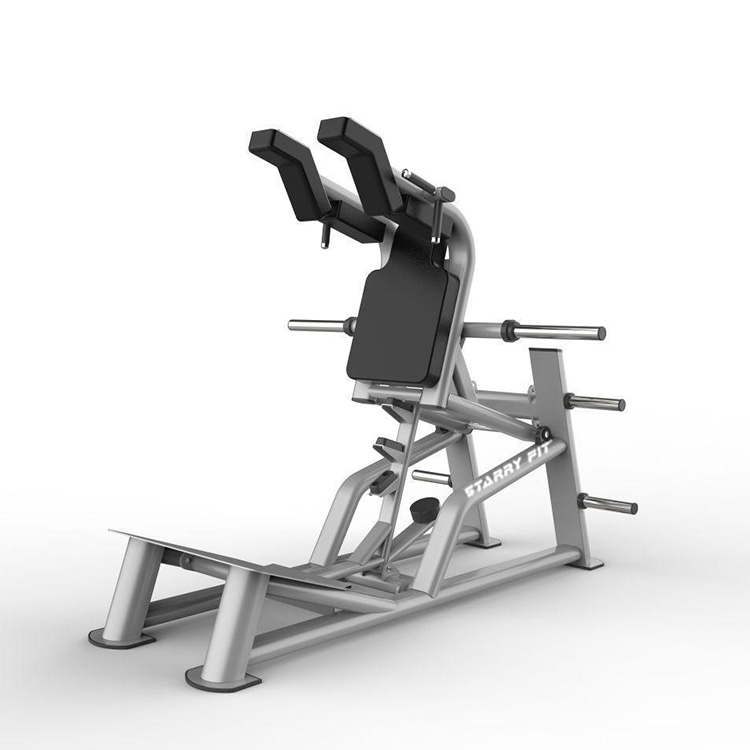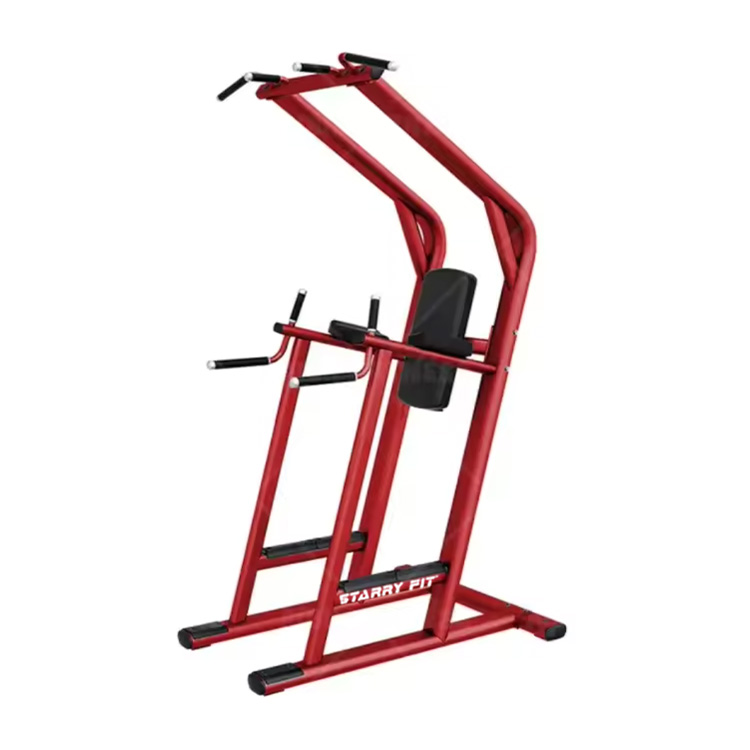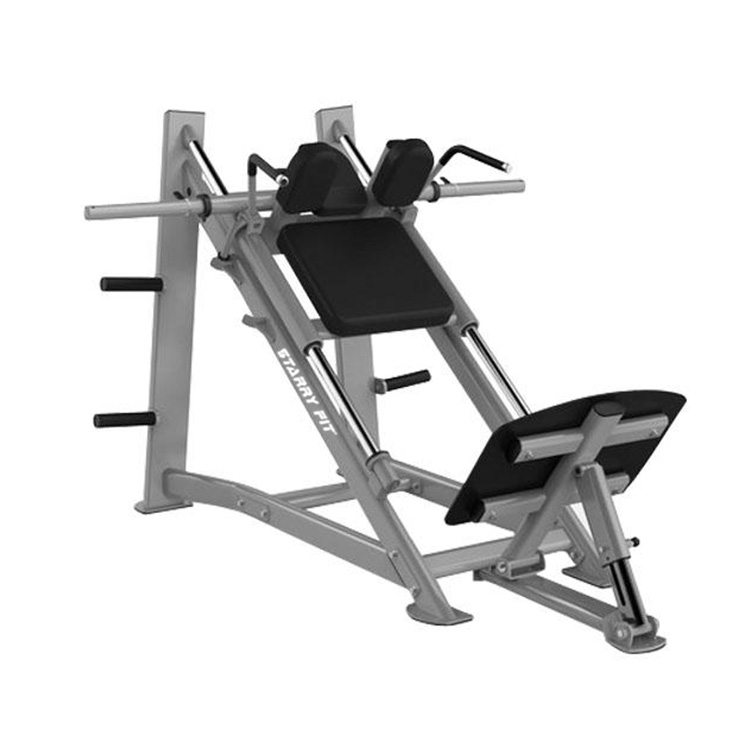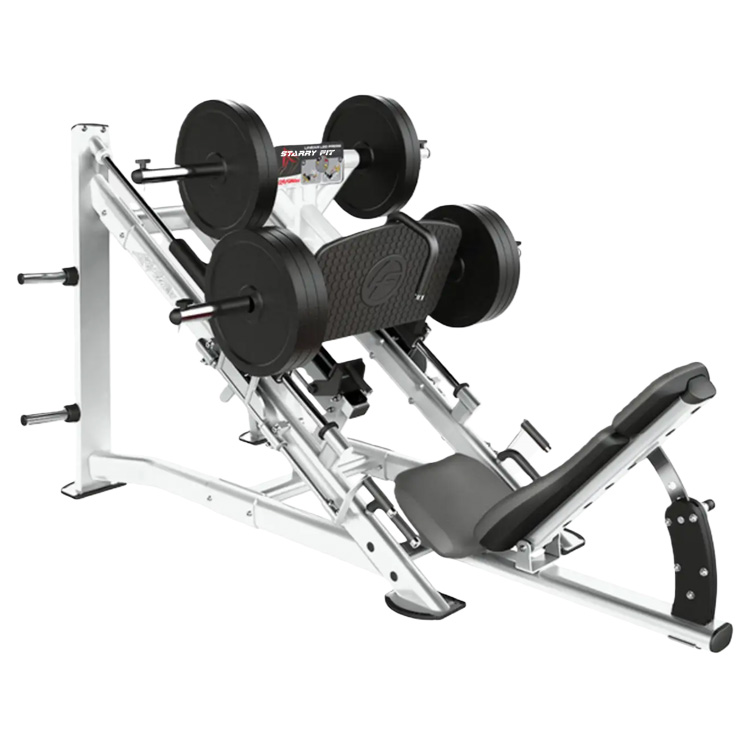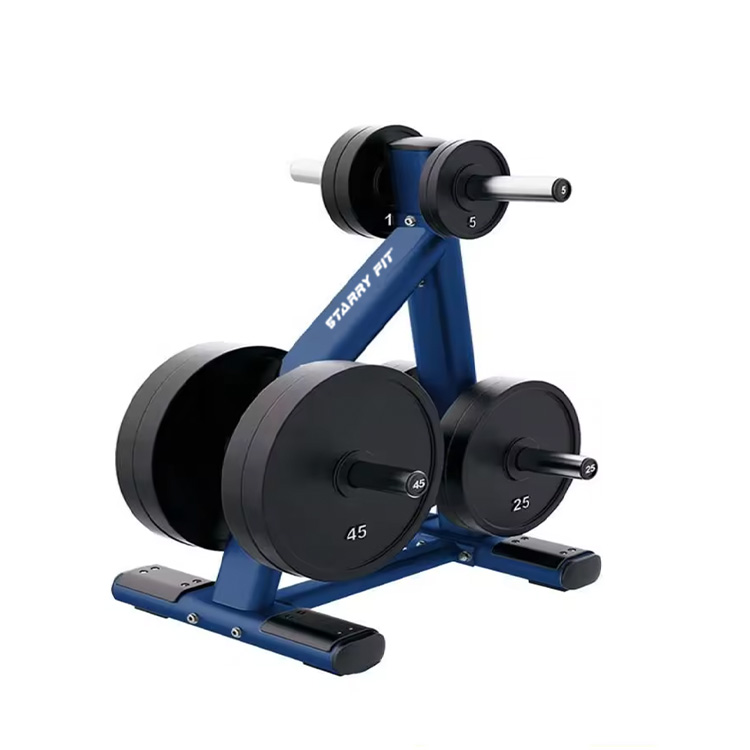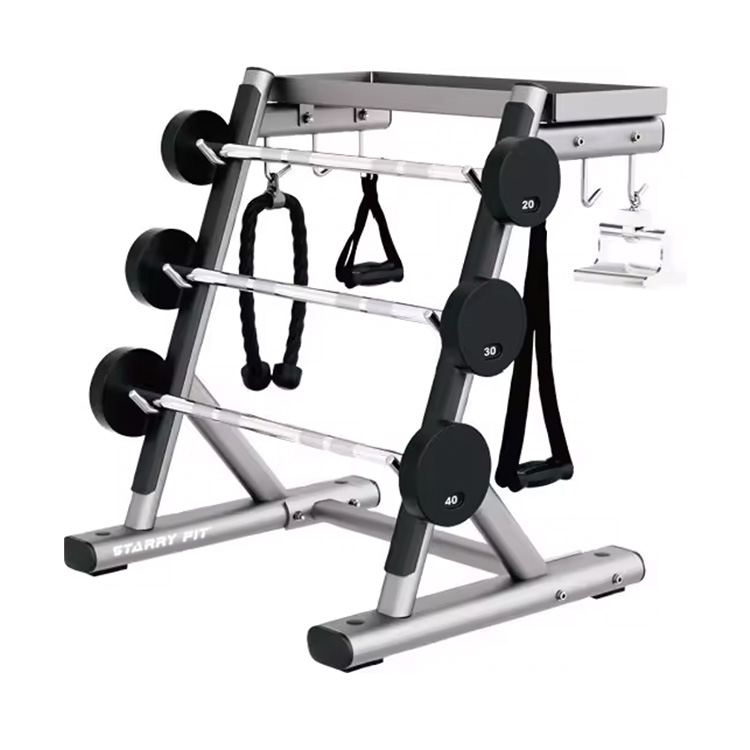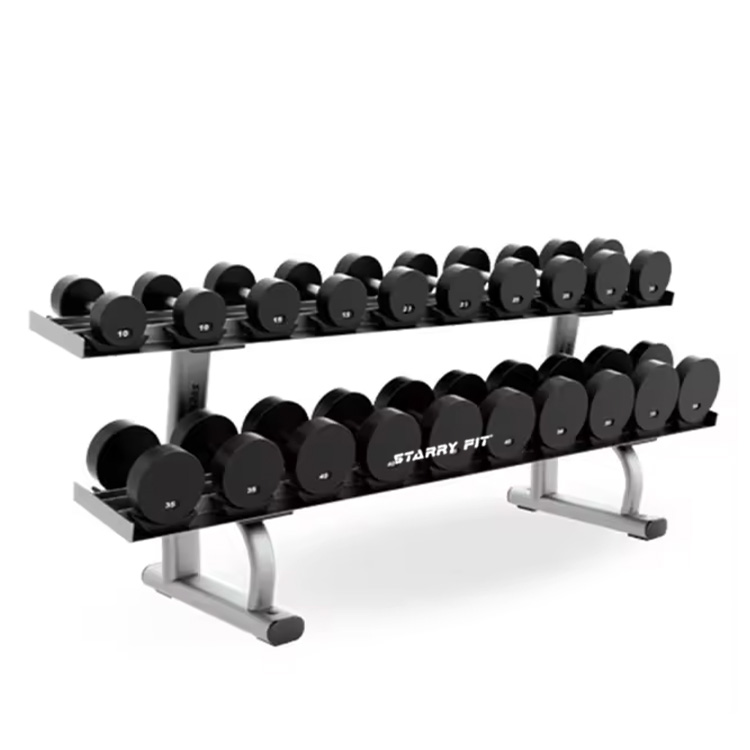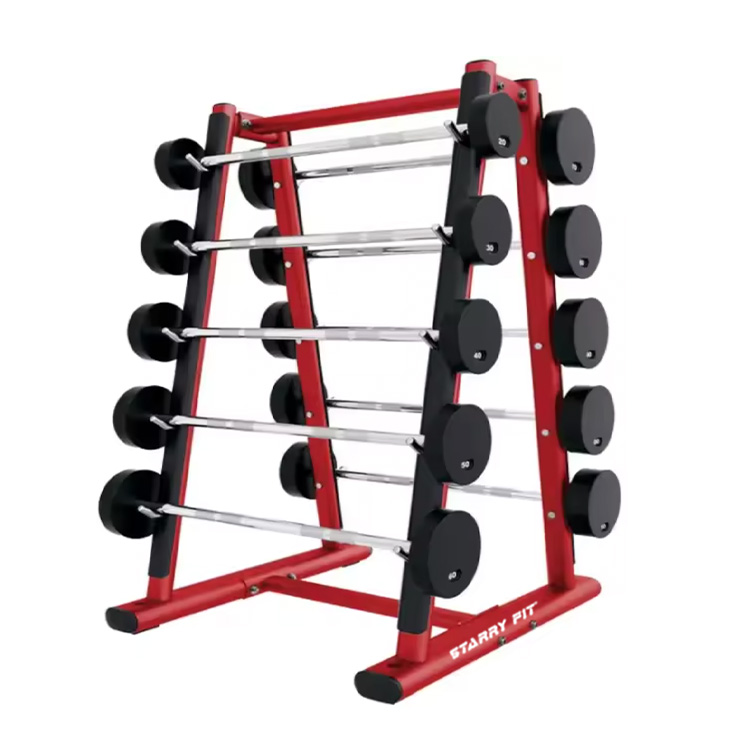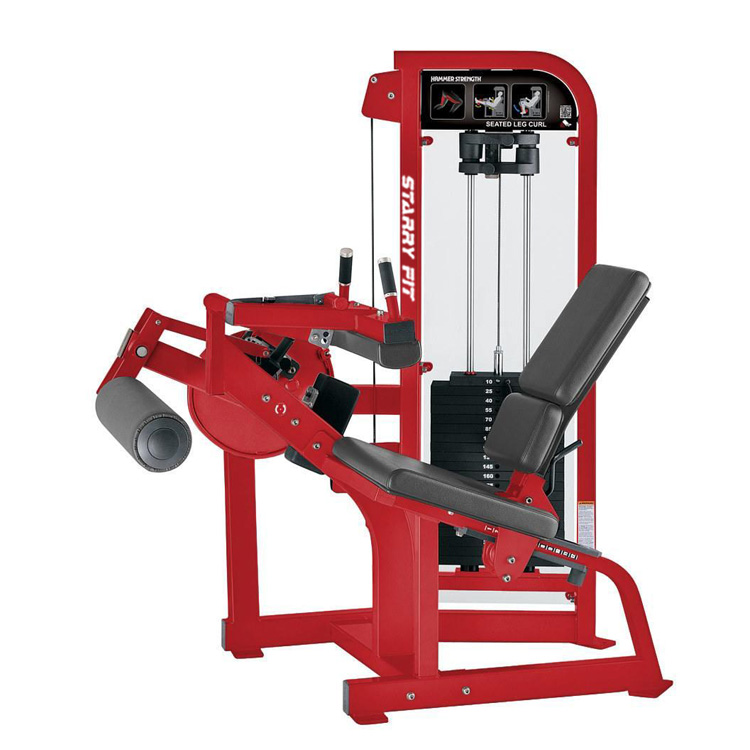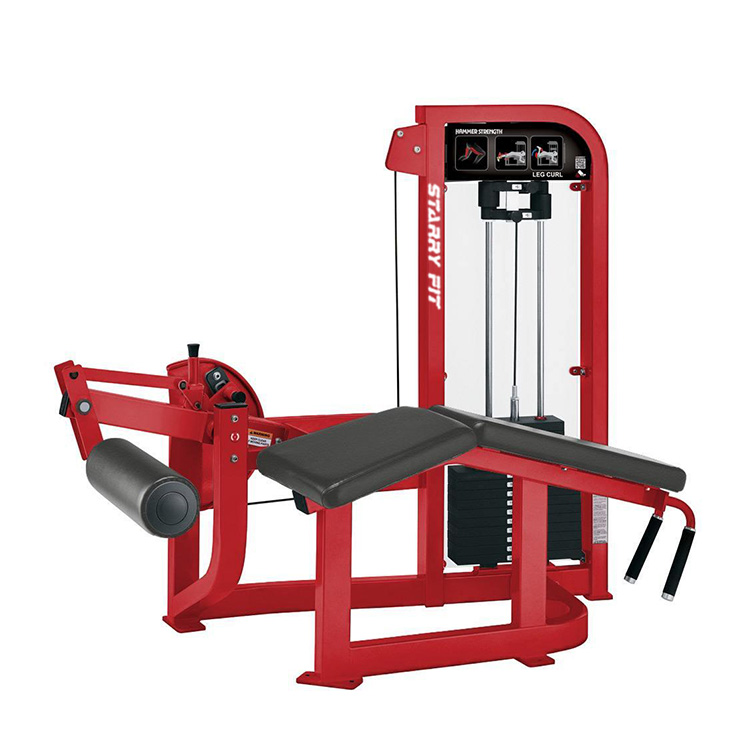In modern fast-paced life, muscle tension and soreness have become common problems that plague many people. Whether it is stiff shoulders and neck caused by sitting for a long time in the office, or delayed muscle soreness (DOMS) after exercise, it affects our quality of life and work efficiency. Although traditional massage therapy is effective, it often requires professional therapists to operate and is expensive. It is in this context that the muscle massage roller has become an affordable, convenient and efficient self-care tool.
The muscle massage roller is a cylindrical tool that uses its own weight to apply pressure to relax muscles and fascia. Its appearance has changed the way people deal with muscle tension and made professional-grade myofascial relaxation technology accessible to everyone. In recent years, with the development of sports science and the improvement of people's awareness of self-care, rollers have gradually moved from professional athletes' training equipment to ordinary people's homes and become a must-have rehabilitation tool for fitness enthusiasts and office workers.
1. The working principle of muscle massage roller stick
The core function of muscle massage roller stick is based on a solid scientific theory, the most critical of which is myofascial relaxation. Fascia is a network of connective tissue throughout the body, wrapping muscles, bones and organs. When muscles are overused or injured, fascia may produce adhesions and nodules, causing pain and limited movement. The roller stick helps break down these adhesions and restore the normal sliding ability of the fascia by applying precise pressure. Studies have shown that regular myofascial relaxation can significantly increase muscle elasticity and joint range of motion. This process is called "fascial release" in sports science.
From the perspective of blood circulation, the roller stick is also effective. When we use the roller stick, the pressure applied to the muscle temporarily compresses the blood vessels, and when the pressure is released, the blood will return at a greater flow rate. This "squeeze-release" mechanism is similar to the muscle pump effect and can effectively promote local blood circulation. Enhanced blood flow means that more oxygen and nutrients are delivered to muscle tissue, while metabolic waste such as lactic acid is cleared faster. A study published in the Journal of Sports Medicine in 2018 showed that after using a roller, the blood flow to the quadriceps of the subjects increased by 35%, which explains why roller massage can effectively relieve muscle soreness after exercise.
The pain gate control theory provides a neuroscientific basis for our understanding of the analgesic effect of rollers. The theory holds that the nervous system has a limited ability to process pain signals. When the roller stimulates the pressure receptors in the skin and muscles, these non-pain signals "seize" the nerve conduction pathways, thereby inhibiting the transmission of pain signals. This is like closing the "gate" of pain. At the same time, roller massage can also stimulate the release of endorphins in the body. The production of this natural analgesic substance further enhances the analgesic effect. Clinical observations have found that after the correct use of the roller, the user's pain threshold can be increased by 20-30%, and the effect can last for several hours.
The mechanical effect of the roller is also not to be ignored. When we roll on the muscle, the shear force generated can help rearrange collagen fibers and improve the structural integrity of muscle tissue. This mechanical stimulation also triggers the regeneration and repair mechanism of cells, accelerating the healing of damaged tissue. Biomechanical studies have shown that proper rolling can restore muscle fibers from a disordered state to parallel arrangement, which is the basis for improving muscle function. It is worth noting that the roller bar has a two-way effect - it can relax overly tense muscles and awaken underactive muscles. This balance effect is essential for maintaining a good posture and movement pattern.
2. The main role of the muscle massage roller bar
The muscle massage roller bar performs well in relieving muscle soreness and tension, especially for delayed muscle soreness (DOMS) after exercise. DOMS usually occurs 24-72 hours after strenuous exercise and is caused by an inflammatory response caused by micro-damage to muscle fibers. Through the regular use of the roller bar, the vicious cycle of pain-spasm-pain can be broken and the recovery process can be accelerated. Clinical data show that people who use roller bars after exercise have 40% less muscle soreness and 30% shorter recovery time than those who do not use them. For the common shoulder, neck and lower back tension in office people, the roller bar can also provide targeted relief, and its effect is close to the relaxation of professional physiotherapists.
In terms of improving flexibility and range of motion of joints, the roller bar has shown unique advantages. Traditional static stretching mainly works on muscle length, while rollers can address both muscle and fascia limitations. A study of amateur athletes showed that the group that combined roller use with regular stretching had a 28% increase in hip mobility after 6 weeks, significantly higher than the control group that only stretched. This is because roller massage not only lengthens muscle tissue, but also eliminates fascial adhesions, solving the root cause of flexibility problems. Especially for people who have been lacking exercise for a long time, rollers can safely and effectively improve body stiffness step by step without triggering muscle resistance caused by stretch reflexes.
Improving athletic performance is an important reason why rollers are favored by athletes. Using them before a game can activate muscles and improve neuromuscular efficiency; using them after a game can speed up recovery and prepare for the next training. A comparative study found that athletes who included rollers in their warm-up process had a 5.7% and 3.2% increase in vertical jump height and sprint speed, respectively. This may be related to the fact that roller massage improves the elastic energy storage capacity of muscles. In addition, rollers can optimize movement patterns and reduce compensatory movements by balancing muscle tension, which is particularly important in technical sports.
In the field of rehabilitation and injury prevention, the value of rollers is becoming increasingly prominent. Physical therapists often use it to treat common overuse injuries, such as iliotibial band syndrome and rotator cuff tendinitis. Through strategic rolling, trigger points can be eliminated, muscle imbalances can be reduced, and the risk of repetitive strain injuries can be reduced. Statistics show that athletes who add regular roller training to sports teams have a 25% decrease in season injury rates. For ordinary people, rollers are an effective tool for preventing postural problems such as low back pain and rounded shoulders. Its advantage is that it can provide personalized solutions for specific personal problems, which is difficult to achieve with group stretching or massage.
3. Advantages and characteristics of muscle massage rollers
Compared with traditional massage methods, muscle massage rollers have significant cost-effectiveness advantages. Professional massages usually cost between 200-500 yuan per session, while a high-quality roller only costs 100-300 yuan at a time, but can be used unlimited times. In the long run, the average annual cost of using a roller is only 1/20 of that of a professional massage. This affordability makes high-quality muscle care no longer a luxury, but an accessible daily health care method for everyone. Especially for athletes and fitness enthusiasts who need to relax frequently, rollers solve the economic burden of continuous massage.
In terms of convenience, rollers have unparalleled advantages. They are small and lightweight, and can be placed in the office, gym or home at will and used at any time. Unlike professional massages that require appointments, rollers provide the possibility of "instant care" - whether it is shoulder and neck relaxation during work breaks or quick recovery in the locker room after exercise. The modern portable design even allows rollers to be put into suitcases or backpacks to meet the travel needs of business people. This accessibility anytime, anywhere ensures the continuity and timeliness of muscle care, greatly improving the health care effect.
The autonomous control characteristics of the roller are one of its core advantages. Users can accurately adjust the pressure according to their personal tolerance - by changing the body angle and support point, the pressure can be freely adjusted from gentle to strong. This self-adjusting ability allows the roller to adapt to the different needs of beginners to professional athletes, avoiding the problem of excessive force that may occur in professional massage.
From the perspective of hygiene and safety, the roller also has obvious advantages. Personal exclusive use avoids the risk of cross-infection, which is particularly important in the post-epidemic era. High-quality roller surfaces are easy to clean, and some products are also anti-allergic. Compared with direct skin contact during massage, rollers can be used through clothing, which increases the flexibility of use scenarios. For privacy-conscious users, self-operation also avoids the discomfort that may be caused by physical contact with the therapist. Traditional cylindrical rollers have developed into a series of products with multiple shapes and textures, such as wavy, grid-like or dotted designs, providing precise stimulation for different muscle groups.
Environmental friendliness is also a prominent feature of rollers. High-quality products are made of recyclable materials, have a service life of up to several years, and generate very little waste. In contrast, professional massage requires continuous consumption of consumables such as massage oils and paper towels, and has a significantly higher carbon footprint. For consumers who focus on sustainability, rollers are a more environmentally friendly muscle care option.
Comparison table of characteristics of different types of roller rods:
|
Type |
Material/Design |
Applicable people |
Features |
|
Smooth roller |
EVA foam/PP plastic |
Beginners, ordinary users |
Flat surface, suitable for full body relaxation, even pressure |
|
Textured roller |
Wave/grid bumps |
Advanced users, athletes |
Provide stronger stimulation, suitable for deep fascia relaxation |
|
Vibrating roller |
Built-in motor vibration |
Seekers of efficient relaxation |
Combined rolling + vibration, promotes blood circulation more significantly |
|
Mini roller |
Short and portable (15-30cm) |
Travel, local relaxation |
Suitable for small muscle groups (such as arms and calves) |
4. Precautions during use
Although the muscle massage roller is safe and convenient, it is crucial to master the correct contraindications for use. It is absolutely forbidden to use the roller on the injured area during the acute injury period (such as within 48 hours of muscle strain or ligament tear). Rolling at this time may aggravate inflammation and bleeding. Osteoporosis patients, venous thrombosis patients and skin damage patients are also not suitable for use to avoid fractures, thrombus detachment or infection. Pregnant women should avoid applying pressure to the abdomen and lumbosacral region, and patients with hypertension should be cautious about the carotid artery area. It is worth emphasizing that if radiating pain, numbness or tingling occurs during use, stop immediately and consult a doctor, which may be a sign of nerve compression.
The grasp of the use time also requires scientific guidance. The rolling time for each muscle group should be controlled within 1-2 minutes, and the total use time should not exceed 15 minutes. Excessive use may cause protective muscle spasm or micro-injury, which will delay recovery. Studies have shown that continuous rolling for more than 20 minutes will reduce muscle compliance by 15%. The best practice is to spread the roller massage throughout the day, such as in the morning for stiff areas, before and after exercise for working muscles, and before bedtime for full body relaxation. This segmented use is more effective than a single long-term use.
Pressure control is the key to safety and effectiveness. A common mistake made by beginners is to pursue "pain" too much, thinking that the more pain, the better the effect. Scientific practice has shown that moderate pressure can best balance effectiveness and safety. When encountering particularly tense points, "static pressure" should be used instead of rapid rolling, and hold for 20-30 seconds until the tissue feels relaxed. When using, you should breathe normally and avoid holding your breath, because oxygen supply is also important for muscle relaxation.
Differentiating between body parts should not be ignored. Muscular areas such as thighs and buttocks can withstand greater pressure, while sensitive areas such as the neck and abdomen require extra caution. Areas close to bony prominences (such as the spine and knees) should avoid direct pressure to avoid discomfort or injury. For dense fascia such as the iliotibial band, using a textured roller stick is more effective, but the frequency needs to be controlled, preferably 2-3 times a week. Special groups such as the elderly should mainly choose soft rollers and use them in a stable posture to prevent loss of balance.
Post-use reaction monitoring is an important link that is often overlooked. Normal reactions include mild soreness (disappears within 24 hours), localized fever or temporary redness. Abnormal reactions include pain that lasts for more than 48 hours, bruising or decreased joint mobility. It is recommended that users create a simple log to record the use site, time and body reaction, which will help optimize personal use plans. The effect of the roller is cumulative, and it usually takes 2-4 weeks of regular use to significantly improve chronic muscle tension problems.
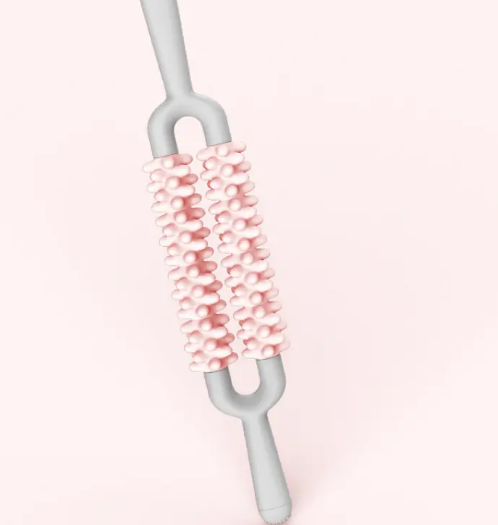
5. How to use the muscle massage roller correctly
Mastering the basic use posture is the basis for safe and effective use of the roller. For lower limb muscles, such as quadriceps relaxation, a plank support posture should be adopted, the roller should be placed under the thigh, the arm and the other leg should be used to support the body weight, and the roller should be rolled back and forth slowly. Keep the core muscles tight to avoid sinking the waist. To relax the hamstring muscles, a sitting posture should be adopted, the roller should be placed on the back of the thigh, and the body should be supported by the hands to roll up and down. When working on the back muscles, the roller should be placed vertically on one side of the spine, and the pressure should be controlled by lifting the hips off the ground, keeping the head supported and avoiding excessive backward tilt of the neck. Each movement should be performed slowly, with the rolling speed controlled at 5-10 cm per second to ensure that the deep tissue is fully stimulated.
Special techniques for different parts can improve the effect of use. For shoulder relaxation, the "cross" method can be used: the roller is placed obliquely between the front of the shoulder and the back, simulating the therapist's cross-fiber massage technique. For stubborn iliotibial bands, the side-lying position should be adopted, with the lower leg straightened and the upper leg flexed to provide support, and segmented pressing from the hip to the knee should be performed. For plantar fascia treatment, the roller can be placed on the ground and rolled back and forth with one foot applying part of the body weight. These specific techniques are based on the theory of myofascial chains and can more accurately solve problems in various parts. Modern smart roller apps usually provide video guidance for different parts to help users master these professional techniques.
The order of use also affects the effect. The scientific order should follow the principle of "from center to periphery, from large muscle groups to small muscle groups". It is recommended to treat the core area of the trunk (such as the waist, back, and buttocks) first, and then turn to the limbs; relax the large muscle groups first, and then treat specific small muscles. This order conforms to the characteristics of fascia continuity and can improve the overall relaxation efficiency. The focus of use before and after exercise should also be different: warm-up is mainly activation, 20-30 seconds for each part; recovery is mainly relaxation, 1-2 minutes for each part. Combining the roller with dynamic stretching can produce a synergistic effect and improve the flexibility training effect.
The formulation of personalized programs should take into account a variety of factors. Fitness people should focus on working muscle groups, such as pectoralis, deltoids and quadriceps; runners need to focus on calves, iliotibial bands and hip flexors; office people should pay attention to the neck, shoulders and hips. Athletes can use it twice a day during the training period (once before and after training). The pressure intensity should also be gradually increased with the degree of adaptation. Soft rollers can be used in the early stage, and transition to medium hardness after 2-4 weeks. Professional athletes should consider using high-density rollers.
Effect evaluation and program adjustment are the key to long-term use. Regularly performing simple flexibility tests (such as seated reach) and pain assessments can objectively measure progress. If you encounter a plateau, you can try changing the type of roller or the technique of use rather than simply increasing the time of use. Recording sports performance indicators (such as power output and recovery speed) can also help evaluate the actual benefits of the roller. As the muscle condition improves, the use plan should also be adjusted accordingly, which reflects the scientific principle of gradualism.


 ENG
ENG
 English
English Français
Français Español
Español عربى
عربى